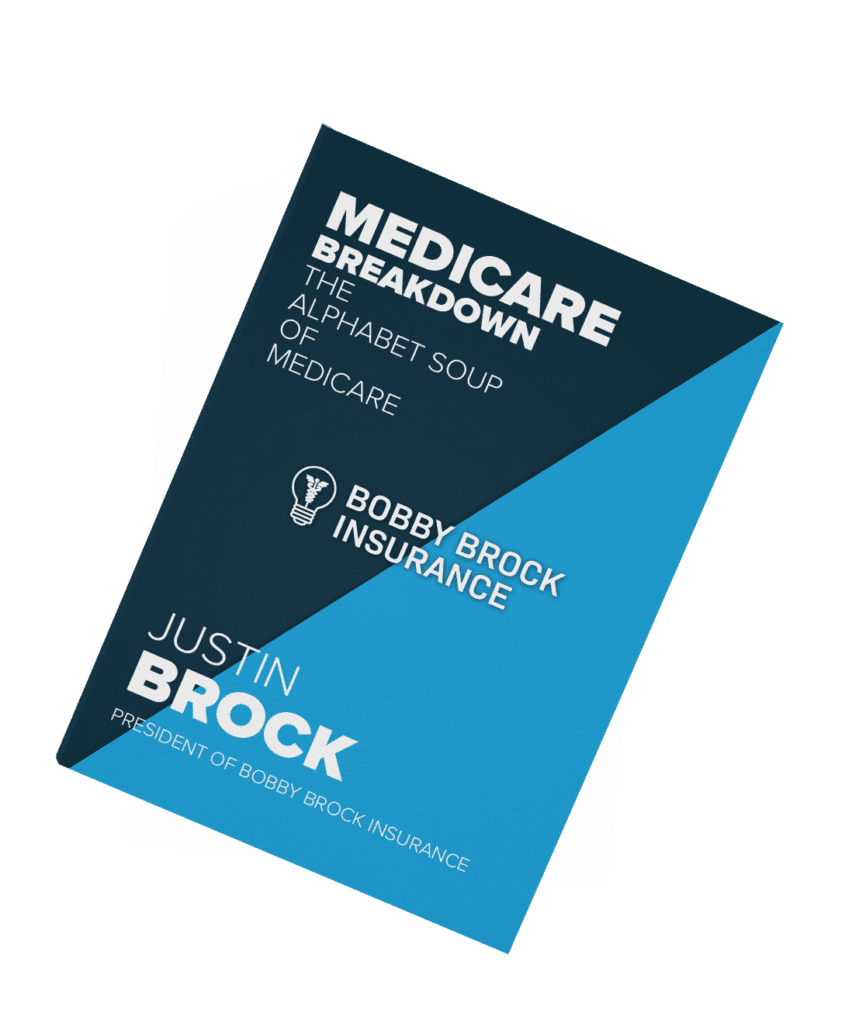When the call for a national healthcare insurance fund came from President Harry Truman in 1945, no one would have ever thought that the Medicare program would be helping around 60 million people cover their medical costs by 2020, but after many failed attempts to provide citizens with a healthcare insurance plan, the Medicare program was born.
How it all started
When Truman envisioned healthcare funds, he saw an opportunity to provide citizens with coverage for expensive costs such as doctor and hospital visits. Even though his proposition was turned down by Congress, in 1965, President Lyndon B. Johnson successfully provided Medicare health coverage for those who were 65 and older. By the time 1972 came around, Medicare started being offered to those who were under the age of 65, but were suffering from long-term disabilities.
By the 1990s, Medicare Part C, or Medicare Advantage Plans, had made its way into the system. By 2006, Medicare Part D was also offered to help cover the costs of prescription drugs since Original Medicare Parts A and B did not cover those expenses.
In 2010, the Patient Protection and Affordable Care Act was passed with the intentions to control Medicare costs while revenue began to increase, delivery systems began improving, and more services were added.
Where we are now
While the number of Medicare beneficiaries continues to steadily increase, enrollment is expected to grow up to 79 million by the year 2030. As this number continues to grow, it’s important to understand how each part of the program works:
- Medicare Part A: Part A covers specifically inpatient costs such as inpatient hospital care, skilled nursing facility care, home health care, and hospice care. Medicare Supplement Plans are also available with Medicare Part A as it will help cover hospitalization costs, like coinsurance payments, for up to a year after the Part A benefits have been used up.
- Medicare Part B: Part B provides coverage for outpatient medical services when admitted into a hospital and certain homebound services. Medicare Supplement Plans can also be used with Medicare Part B as it will help cover portions of copayments or coinsurance costs.
- Medicare Part C (Medicare Advantage Plans): If you are already enrolled in both Medicare Parts A and B, you are eligible for Medicare Part C and will continue to receive the benefits offered to you from Parts A and B. However, Medicare Supplement Plans can’t be used with Part C.
- Medicare Part D (Prescription Drug Coverage): Part D can be used as a stand-alone plan or you can choose a Medicare Advantage Plan that offers coverage for prescriptions.
How is COVID-19 covered by Medicare?
COVID-19, also known as the coronavirus, has created stressful situations across the world, especially for those who are 60 or older or are immunocompromised as they are at a higher risk for contracting it. By being enrolled in Medicare, whatever costs you have related to COVID-19 will be covered. These costs include:
- Lab tests for COVID-19
- FDA-authorized COVID-19 antibody tests
- Medically necessary hospitalizations
- Vaccine coverage for whenever one becomes available
What about dental, vision, and hearing?
As long as your dental, vision, and hearing services are related to inpatient or outpatient services, then Original Medicare Parts A and B should help cover the costs.
- Dental: Dental services have limited coverage with Parts A and B, but having a Medicare Advantage Plan could help cover other costs. With Parts A and B, you may have to pay in full and out-of-pocket for the services you received, which include regular checkups, fillings, tooth extractions, or denture work. If you happen to have any dental procedures while admitted in a hospital, then Part A will cover those expenses. Medicare Advantage Plans can help cover the costs for oral exams, cleanings, X-rays, fillings, or other major procedures, such as tooth extractions.
- Vision: Regular eye exams, glasses, and contact lenses most likely won’t be covered by Original Medicare unless it is following a procedure like cataract surgery. Then, Part B will help cover the cost for corrective lenses and one pair of glasses OR one set of contact lenses. Part B will also cover a glaucoma screening for those who are at high risk for it. If you happen to have any eye prostheses from birth defects, trauma, or surgical removal, then you can receive coverage for replacement every five years. Certain diagnostic tests and treatments for your eyes may also be covered.
- Hearing: Part B does help cover hearing tests, but neither Parts A or B covers the cost for hearing aids. If you go through an initial screening and will need additional treatment, Part B will also cover a certain amount of those costs as well. You might be able to find a Medicare Advantage Plan that offers more hearing benefits, but will need to consult a licensed Medicare insurance agent to know all of the details within that plan.
- There is another supplemental policy apart from a Medicare supplement plan that can provide coverage for dental, vision, and hearing related expenses. This type of insurance can be purchased through a licensed insurance agent at Bobby Brock Insurance by calling 662-844-3300.
Want to know if Medicare is right for you?
Reach out to us for a free consultation today so we can help you compare the costs of plans, estimate your savings, and help you through the enrollment process! Our experienced brokers are focused on educating you first so you can make an informed decision on your healthcare. Give us a call today at 662-844-3300.
Related Blog Posts
-
Medicare is a health insurance program for qualified individuals aged 65 and above and people under 65 who meet certain…
-
During the months prior to your 65th birthday, chances are good that your mailbox was filled with literature about Medicare…













